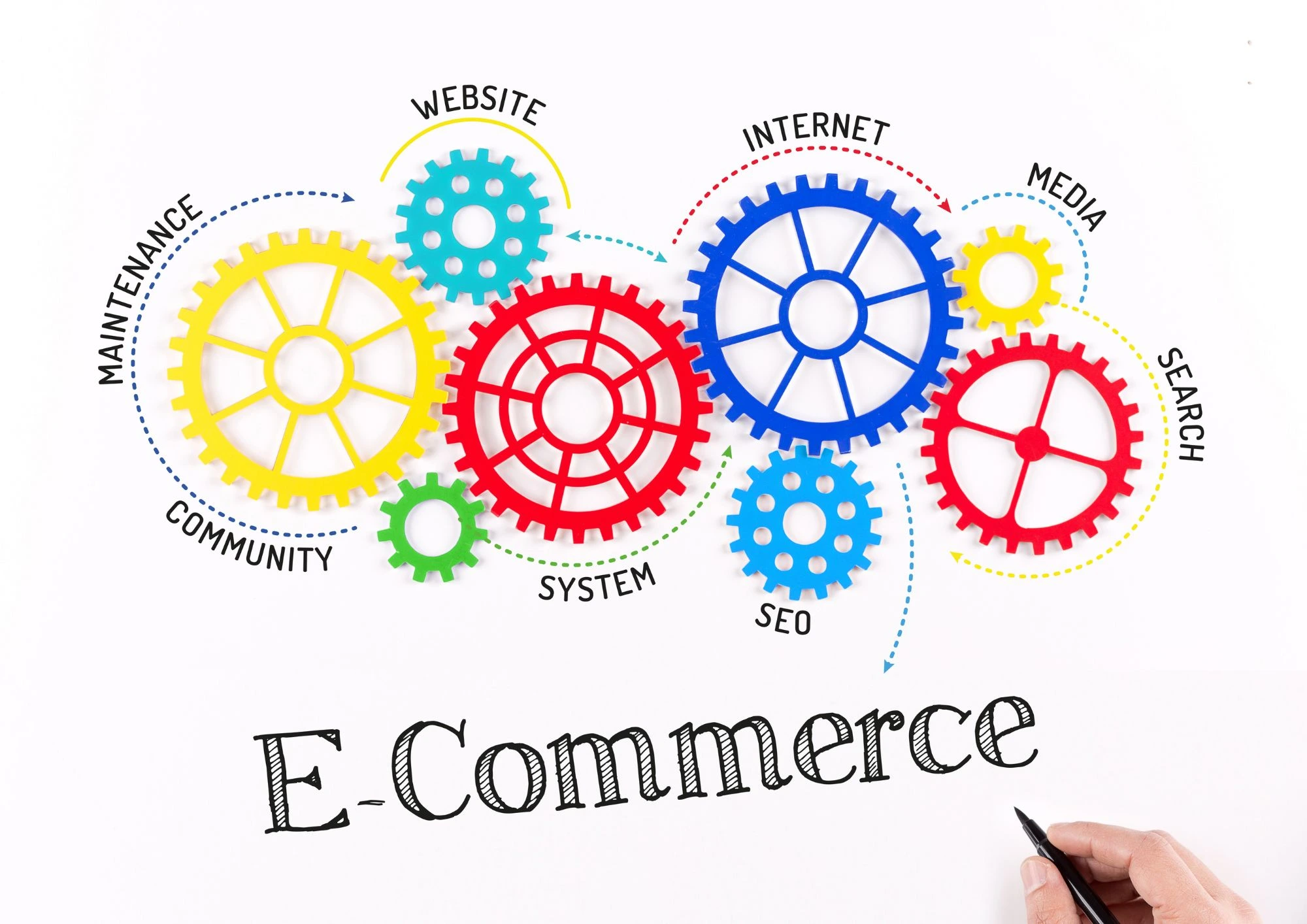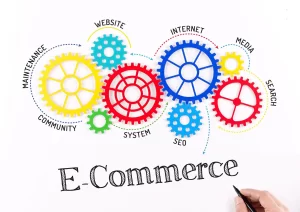
Global E-commerce SEO Strategies
In the competitive world of e-commerce, having a well-optimized website is crucial for driving organic traffic and increasing sales. With millions of online stores competing for attention, effective SEO strategies can make all the difference. Whether you’re operating in India, Australia, Canada, or any other global market, here are the best e-commerce SEO strategies to boost your rankings and maximize visibility.
1. Optimize for Mobile Users
With a significant portion of online shoppers using mobile devices, ensuring your website is mobile-friendly is essential. Google prioritizes mobile-first indexing, meaning a well-optimized mobile site will improve your search rankings. Use responsive design, fast-loading pages, and a seamless user experience to retain mobile visitors.
2. Keyword Research for E-commerce Success
Identify high-converting keywords specific to your niche and target audience. Use tools like Google Keyword Planner, Refresh, or SEMrush to find product-related keywords with high search volume and low competition. Incorporate these keywords into product titles, descriptions, meta tags, and URLs for better search visibility.
3. High-Quality Product Descriptions & Images
Avoid using manufacturer-provided descriptions, as they can lead to duplicate content issues. Instead, create unique and engaging product descriptions that highlight benefits, features, and USPs. Optimize product images with alt tags and compressed file sizes to enhance SEO and improve page loading speed.
4. Improve Website Loading Speed
A slow-loading website can increase bounce rates and negatively impact rankings. Use tools like Google PageSpeed Insights to identify areas for improvement. Optimize images, enable browser caching, and use a Content Delivery Network (CDN) to improve loading times and enhance user experience.
5. Implement Technical SEO Best Practices
- Use structured data markup (Schema) to enhance product visibility in search results.
- Optimize your site’s URL structure with SEO-friendly, descriptive URLs.
- Fix broken links and remove duplicate content to improve crawl ability.
- Generate and submit an XML sitemap to Google Search Console for better indexing.
6. Leverage Local SEO for Better Reach
For businesses operating in multiple regions, local SEO is a game changer. Optimize your Google My Business profile, use location-based keywords, and encourage customer reviews to boost your local search rankings.
7. Secure High-Quality Backlinks
Backlinks from authoritative websites help build credibility and improve domain authority. Partner with influencers, collaborate with industry blogs, and create shareable content to earn natural backlinks that strengthen your SEO.
8. Optimize for Voice Search
With the rise of voice assistants like Alexa and Google Assistant, optimizing for voice search is crucial. Focus on long-tail keywords and conversational phrases that align with how users search via voice.
9. Utilize Content Marketing for SEO Growth
Create valuable content like blogs, guides, and how-to articles to attract and engage your audience. A strong content marketing strategy enhances organic traffic and positions your brand as an industry leader.
10. Monitor and Analyze SEO Performance
Regularly track your SEO performance using tools like Google Analytics and Search Console. Analyze traffic patterns, keyword rankings, and conversion rates to refine your strategy and improve results.
Conclusion
E-commerce SEO is an ongoing process that requires strategic optimization and continuous improvement. By implementing these best practices, businesses in India, Australia, Canada, and beyond can enhance online visibility, attract more customers, and boost sales.

